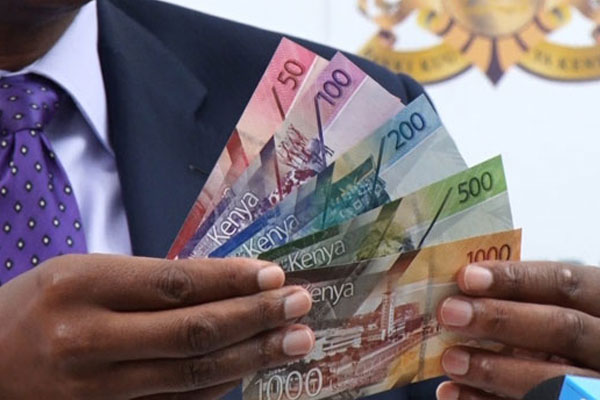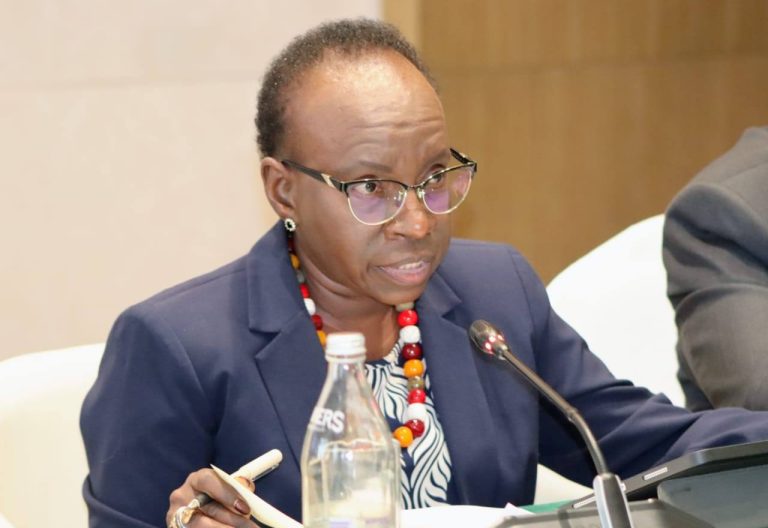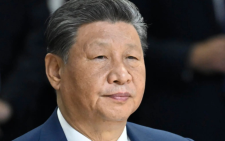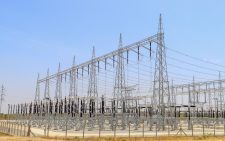Experts worried by Kenya’s Sh2tr private creditors debt

Kenya is classified among countries with a high concentration of private creditors, a position that analysts say could weaken its ability to negotiate for debt relief.
World Bank data shows Kenya is among top 18 countries whose debt portfolio has a high concentration of private creditors.
It is estimated the country owes private creditors such as commercial banks and bondholders nearly Sh2 trillion in debt.
The International Debt Statistics 2021 by the World Bank shows that nearly 30 per cent of the country’s debt is owed to bond holders, commercial banks and others.
“Obligations to private creditors were concentrated in a few countries. Eighteen countries accounted for 90 per cent of debt owed to all private creditors,” said World Bank.
Nearly 90 per cent of Kenya’s private credit is sourced from bond holders, mainly Eurobond, while the rest are commercial banks and others.
Unlike bilateral and multilateral lenders, private creditors are difficult to deal with and take long to accept restructuring of their debt.
“The risk is higher where private creditors are aligned and have 40 per cent threshold and blocking mechanism like the case of Zambia,” said independent analyst Aly han Satchu.
The report analysed 120 low and middle income countries between 2009 and 2019.
Kenya’s public debt topped Sh7 trillion in September and is expected to hit the Sh9 trillion ceiling in by 2024.
Kenya was moving rapidly towards unsustainable debt levels before the global pandemic.
But the economic and fiscal effects of the pandemic have brought the day of reckoning much closer.
The need for massive countercyclical spending and additional health and other social spending to deal with the pandemic is now layered on top of huge finance needs.
Kenya rejected an offer for debt relief in May despite running a seven per cent budget deficit for fear of a credit rating downgrade that would attract scrutiny from creditors.
Market access
“Unsurprisingly, the fear of losing market access has significantly undercut the financial breathing that debt relief was affording,” said Nancy Lee of Centre for Global Development.
Kenya borrowed Sh73.9 billion from the International Monetary Fund in May and sought more funding from the lender in less than five months showing the level of distress the country faces.
Weak exports and rising budget deficit and falling foreign exchange reserves have left the currency tumbling and threatening to open the lid public debt.
Other African countries with the highest exposure to private creditors are Ivory Coast, Ghana, Zambia, Kenya and Chad.
Zambia and Argentina are some of the cases where bondholders have fought back any attempts to extend maturities.
Kenya is also among the highest accumulators of external debt exposing it to external shocks.
The funds raised from bond issues were spent on budgetary support, infrastructure projects, and refinancing of prior bond issues to take advantage of longer maturities and lower interest rates.
Debt owed to other private creditors includes company and commercial bank loans with official guarantees from bilateral export credit agencies or multilateral institutions.
Most of this debt has been used to finance large-scale infrastructure projects, with some collateralised against future export receipts for oil or other commodities.












